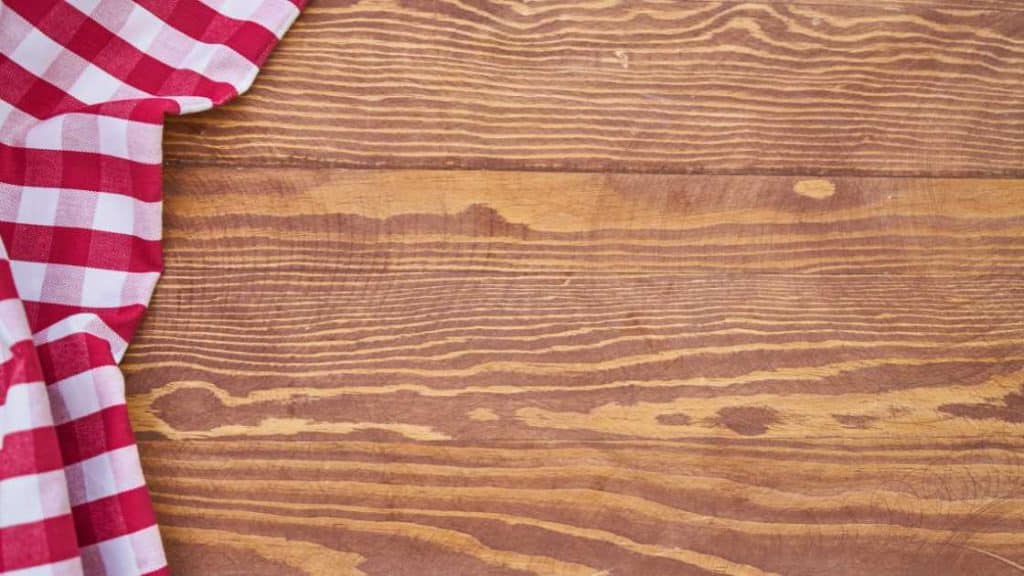To clean a dining table cover, first remove any debris and pre-treat stains before washing. Use gentle detergent and cool water for machine-washable covers, or spot-clean delicate fabrics.
Taking good care of your dining table cover is vital to ensure a welcoming and aesthetically pleasing dining area. How to Clean Dining Table Cover? Regular maintenance is key to extending the lifespan of your cover and preserving its pristine condition.
By incorporating simple cleaning routines into your schedule, you not only protect your table but also improve the overall look of your dining room.
Make sure to follow effective cleaning methods to keep your dining table cover spotless, creating a perfect setting for meals and social gatherings.
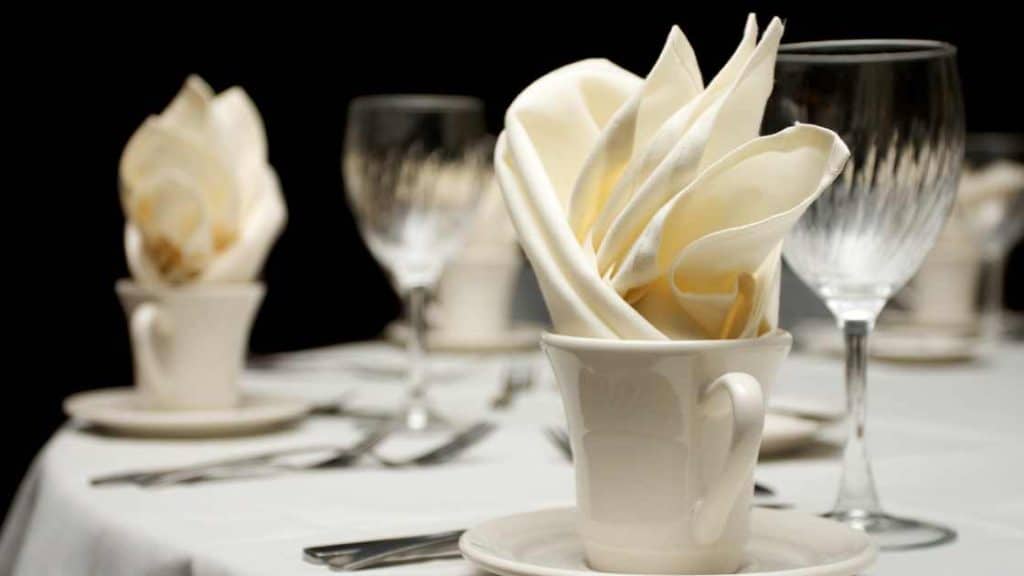
Regular cleaning can also prevent permanent stains and damage caused by spills or wear and tear. Homeowners need to understand the right cleaning methods tailored to the type of material their dining table cover is made from.
Ensuring that your dining space remains elegant and hygienic is achievable with simple, effective cleaning techniques, which can be easily incorporated into your household chores.
Introduction To Dining Table Cover Cleaning
Clean dining table covers are essential for a neat home. They protect your table and improve your room’s look. Yet, many forget about their cover’s care. This guide will help keep covers fresh.
The Importance Of Keeping Your Dining Table Cover Clean
Regular cleaning fights germs and stains. It keeps your space healthy and vibrant. It extends the life of your cover too. Guests will love the fresh atmosphere.
Learn table cover types
- Vinyl covers are waterproof but can get sticky.
- Fabric covers offer variety and comfort but can absorb spills.
- Plastic covers are easy to wipe but can tear.
Each type requires a unique cleaning approach.
Preparing For The Cleaning Process
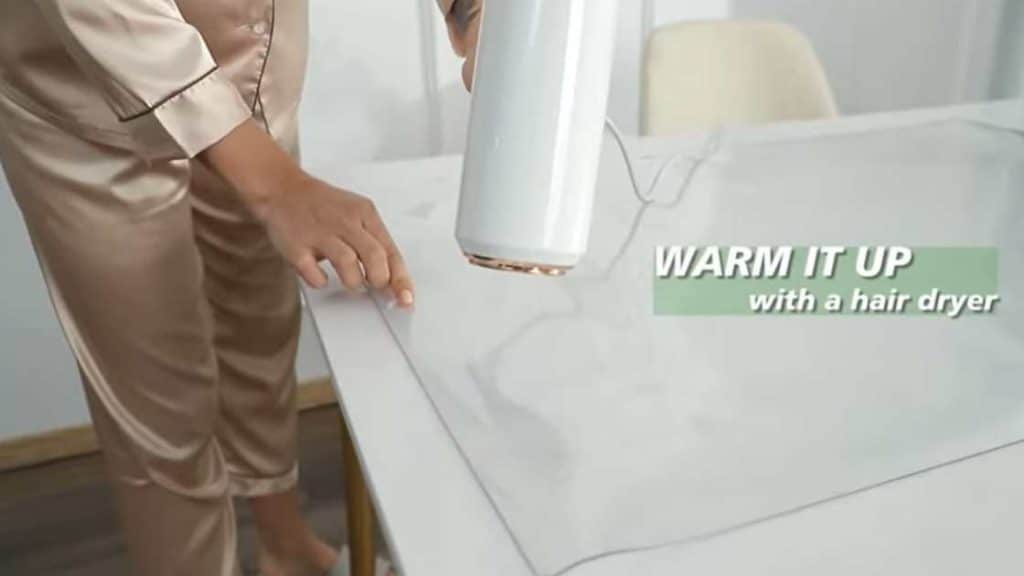
Washing your dining table cover is as straightforward as pie with the right approach and tools at your fingertips. Before we dive into the deep clean, setting the stage will ensure a smooth cleaning experience. Below, Uncover the simple steps to get ready for a sparkling cover.
Gathering Necessary Cleaning Supplies
No chore starts without the essentials. Here’s what you’ll need:
- Mild detergent or soap
- Gentle fabric cleaner for specific stains
- Bucket of warm water
- Soft-bristled brush or sponge
- Clean cloths or towels
Removing Debris And Pre-treating Stains
Begin with a clean slate. Follow these steps:
- Shake off or vacuum crumbs and debris
- Spot any visible stains
- Apply a stain remover or diluted detergent
- Let the solution sit for a few minutes
Cleaning Fabric Covers
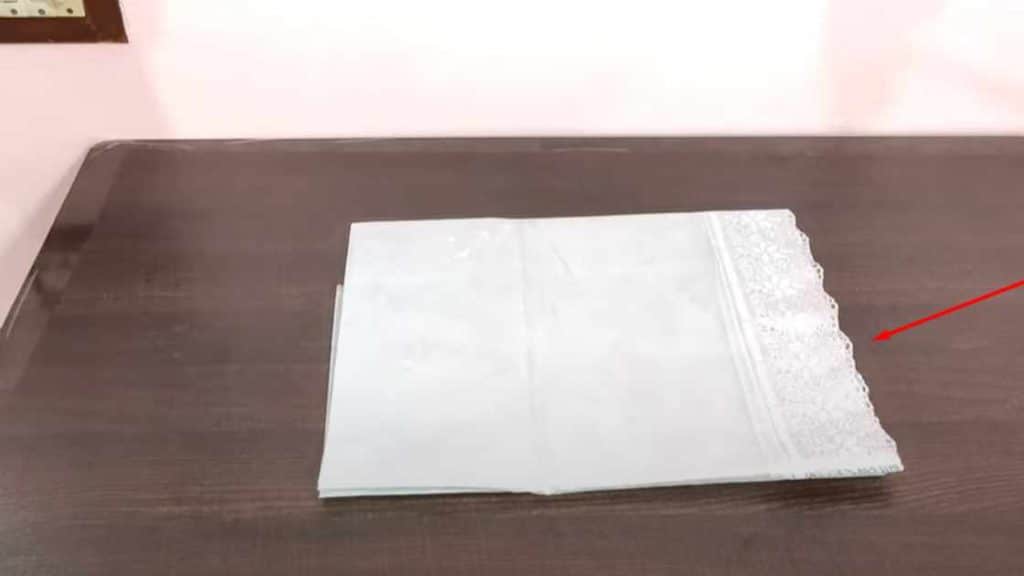
Keeping your dining table cover pristine is important. Fabric covers require specific care. Read on to Uncover the perfect way to make fabric covers look brand new.
Machine Washing Vs. Hand Washing Techniques
Machine Washing: Fabric covers that are machine washable offer a fuss-free cleaning method. Follow these steps:
- Check the label for wash cycle recommendations.
- Use a mild detergent.
- Wash on a gentle cycle with cold water to prevent shrinking.
- Always use a mesh laundry bag to avoid any damage.
Hand Washing: For delicate fabric covers, hand washing is gentle and effective. Here’s what to do:
- Fill a basin with lukewarm water.
- Add a small amount of mild detergent.
- Submerge the cover, gently scrub, then rinse with clean water.
- Never wring out the fabric. Instead, press the water out.
Drying And Ironing Fabric Covers

Drying: Correct drying ensures the fabric remains intact. Consider these tips:
- For machine washable covers, use a low-heat dryer setting.
- For hand-washed covers, lay flat on a clean towel to air dry.
- Avoid direct sunlight to prevent fading.
Ironing: A crisp fabric cover looks best. Follow these ironing guidelines:
- Iron while the fabric is still slightly damp for best results.
- Set the iron to the recommended fabric setting.
- Use steam to remove stubborn wrinkles.
Remember: Always iron on the reverse to protect colors. Fabric covers cleaned right can last for many meals to come.
Tackling Stain Removal On Fabric Covers
Dining table covers to safeguard your table from spills, scratches, and stains. But accidents do happen, turning your beautiful fabric cover into a canvas of unwelcome art.
Fear not, as this guide will walk you through removing those stubborn stains effortlessly and restoring your dining table cover to its original glory.
Identifying Types Of Stains
Before diving into the cleaning process, identify the type of stain you are dealing with. This step is crucial as different stains require specific treatments for effective removal.
| Stain Type | Characteristics |
|---|---|
| Food | Usually colorful with organic compounds |
| Beverage | Dark or artificial coloring |
| Oil and Grease | Leaves slick spots |
| Ink and Dye | Vivid colors requiring prompt action |
Diy Stain Removers And Commercial Products
Home remedies can be surprisingly effective for treating various stains. Common household items such as vinegar, baking soda, and club soda are often your best allies.
- Vinegar: Mix with water to treat light stains
- Baking Soda: Creates a paste that lifts stains
- Club Soda: Great for wine and dark liquid spills
For those stubborn or tricky stains, turn to commercial products. These are specially formulated to tackle a wide range of stains with minimum effort.
- Read the label and follow the instructions carefully
- Spot test in an inconspicuous area first
- Use as directed for the type of stain you’re treating
Maintaining And Protecting Fabric Covers
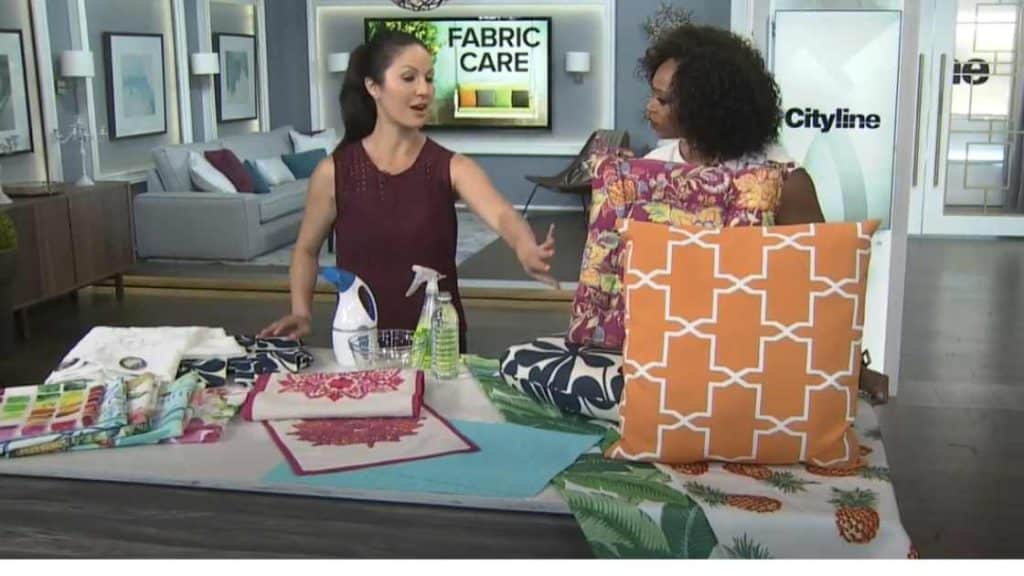
Your dining table cover is not just a piece of fabric. It’s a guardian that shields the wood from spills and scratches. Like any hero, it needs care to keep protecting. Let’s keep your covers looking fresh and lasting longer.
Regular Maintenance Tips
Maintain your fabric covers with simple steps:
- Daily Dust-Off: Gently shake off crumbs and dust daily.
- Weekly Vacuum: Use an upholstery attachment to remove deeper debris.
- Immediate Spill Response: Blot spills instantly with a damp cloth.
- Wash Carefully: Follow label instructions for washing. Air dry to prevent shrinkage.
Check for manufacturer’s guidelines. Treat your covers gently to prevent damage.
Using Protective Treatments
Extend your covers’ lifespan with protective treatments:
- Choose Fabric Protector: Apply a stain-repellent fabric protector after each wash.
- UV Protection: Use UV spray if your dining area gets direct sunlight. It prevents fading.
- Rotate Covers: Switch between multiple covers to evenly distribute wear.
These treatments add an invisible shield to your covers. They block spills and sun damage.
Cleaning Vinyl And Plastic Covers
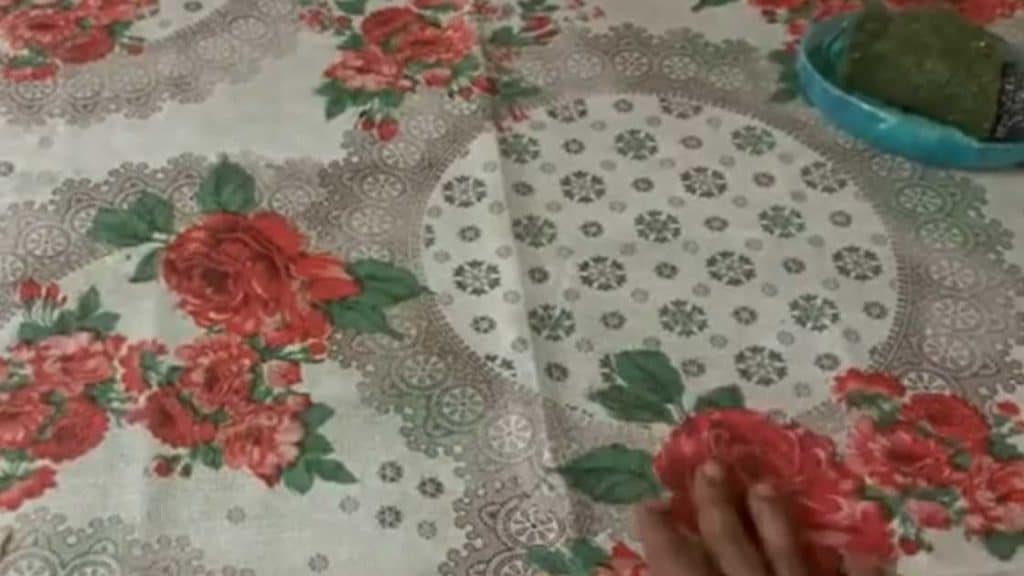
Keeping your dining table cover in pristine condition is no small feat. Especially when it comes to vinyl and plastic covers, which require special care.
Learn the best ways to clean and maintain these durable materials so they can continue to protect your table for meals to come.
The Right Approach To Clean Vinyl And Plastic Covers
Cleaning vinyl and plastic covers doesn’t have to be a chore. Here’s a simple method to get the job done:
- Shake off any loose crumbs or debris.
- Prepare a gentle cleaning solution with mild detergent and lukewarm water in a bowl.
- Dampen a soft cloth or sponge with the solution and wipe the cover clean.
- Avoid harsh scrubbing which could damage the surface.
- Rinse the cloth with clean water and wipe the cover again to remove any soapy residue.
- Dry with a towel or let air dry completely before using.
Protecting Vinyl And Plastic Covers From Damage
To ensure your cover lasts long, take preventive measures:
- Keep sharp objects away to prevent tears.
- Use placemats to minimize direct contact with hot dishes.
- Avoid placing heavy objects on the cover for extended periods.
- Store properly when not in use by rolling instead of folding to prevent creases.
- Once a month, apply a vinyl conditioner to keep the material supple.
By following these tips, your dining table cover will stay clean, intact, and as good as new.
Eco-friendly Cleaning Solutions
Eco-Friendly Cleaning Solutions help keep your home and planet safe. They are simple and don’t harm nature. Learn to clean your dining table cover the green way!
Natural Cleaning Agents For Table Covers
Natural cleaning agents are gentle yet effective. Here’s how to use them:
- Baking soda lifts stains
- Vinegar breaks down grime
- Lemon juice freshens fabrics
Reducing Environmental Impact While Cleaning
Cleaning can be green. Here are steps to reduce your footprint:
- Choose organic soaps
- Reuse old clothes over paper towels
- Conserve water by washing full loads
Special Considerations For Delicate Covers
Delicate dining table covers need special care to remain pristine. Whether it’s silk, embroidered, lace, or an heirloom piece, each type demands a unique approach to cleaning. Following the right process ensures these covers continue to improve the charm of dining experiences without losing their quality and intricate details.
Handwashing Silk And Embroidered Covers
Rich fabrics like silk and pieces with embroidery need gentle treatment:
- Use a mild detergent designed for silk.
- Fill a basin with cool water and immerse the cover carefully.
- Gently agitate by hand for a few minutes.
- Rinse with cool water until the soap is out.
- Roll in a towel to remove excess water, then air dry.
Preserving The Quality Of Lace And Heirloom Covers
Lace and heirloom covers are treasures that require utmost care:
- Avoid washing machines. Too harsh for these delicates.
- Spot clean when possible to minimize wear.
- If a full wash is needed, do it by hand in lukewarm water with gentle soap.
- Lay flat on a towel to dry, away from direct sunlight.
Addressing Odors And Disinfection
Clean dining table covers to keep your home fresh and hygienic. Odor and germ build-up can spoil your dining experience.
Let’s see how to keep your table covers free from unpleasant smells and harmful bacteria without causing damage.
Natural Deodorizers
Baking soda and white vinegar are heroes in the natural deodorizing world. They’re safe, and effective, and don’t mask odors; they eliminate them. Here’s a simple guide to use these power-packed ingredients:
- Spread baking soda lightly over the table cover.
- Leave it for 15-20 minutes.
- Shake off or vacuum the powder.
- Mix a solution of equal parts white vinegar and water.
- Wipe the cover softly with the mixture.
- Let it air dry.
Disinfecting The Dining Table Cover Without Damage
You want to kill germs, not your table cover’s vibe! Gentle, non-abrasive cleaners work best. Follow these easy steps:
- Select a mild disinfectant spray suitable for fabrics.
- Test on a small, hidden area first.
- Spray a light mist over the surface.
- Use a clean cloth to spread evenly.
- Don’t oversaturate; keep it damp.
- Air dry completely before setting your table.
Storage And Care For Seasonal And Occasional Use
Good care prolongs the life of dining table covers. For those used seasonally, correct storage is essential. Follow these tips to keep your covers in top shape, ready for the next occasion.
Proper Folding And Storage Techniques
Clean the cover before storing. Ensure it’s dry. This shields it from mold and mildew. Lay the cover flat. Fold it gently, preventing hard creases. This preserves its shape and appearance.
- Smooth out wrinkles with your hands.
- Fold in sides evenly.
- Roll or fold the cover neatly.
Store in a cool, dry place. Use a breathable fabric bag. This protects it from dust and pests without trapping moisture.
Avoiding Common Storage Mistakes
Many make mistakes that can ruin table covers. Here are pitfalls to dodge:
| Mistake | Consequence | Prevention |
|---|---|---|
| Folding when damp | Mildew growth | Ensure complete dryness |
| Poor ventilation | Fabric deterioration | Use breathable storage |
| Tight storage | Permanent creases | Fold gently, don’t squish |
Remember, never store in plastic bags. Plastics trap moisture. Also, avoid heavy items on top. This avoids unwanted pressure and deformation.
Best Practices Recap And Additional Tips
Cleaning your dining table cover doesn’t have to be a chore. With the right tips and tricks, you can keep it looking new. Let’s recap the best practices and explore some extra tips.
Summarizing Key Points On Table Cover Cleaning
- Identify the Material: Not all covers are the same. Know whether yours is vinyl, cloth, or plastic.
- Read Care Labels: Easy instructions can guide you. Always check before washing.
- Regular Dusting: Prevent dirt buildup with frequent light cleans.
- Gentle Washing: Use mild detergents and soft cloths or sponges.
- Spot Cleaning: Act fast on spills with appropriate stain removers.
- Air Dry: Let your cover dry naturally. Avoid high heat from dryers.
Additional Troubleshooting Tips For Uncommon Issues
Sometimes you might face unusual problems. Here are some additional tips:
| Issue | Solution |
|---|---|
| Wax Stains | Place a brown bag over the wax and gently iron to absorb. |
| Ink Stains | Blot with alcohol on a cotton ball then rinse with water. |
| Odors | Sprinkle baking soda, leave for a few hours, then vacuum off. |
| Stubborn Wrinkles | Use a steamer or iron on a low heat setting for quick smoothing. |
Keep these insights in mind and maintaining a pristine dining table cover will be a breeze.

Frequently Asked Questions On How To Clean Dining Table Cover
Can I Machine Wash My Dining Table Cover?
Yes, most dining table covers can be machine-washed. Check the label for specific care instructions. Use a gentle cycle with mild detergent, and avoid bleach to prevent damage.
How To Remove Stains From Table Covers?
To remove stains, blot the area with a mixture of water and mild detergent. For stubborn stains, apply a stain remover suitable for the fabric. Rinse thoroughly and launder as recommended.
What Temperature Should I Use To Iron A Table Cover?
Iron your table cover at a temperature setting recommended by its fabric type. Typically, cotton covers can withstand high heat, while synthetic fabrics require a low to medium setting.
Is It Safe To Use Bleach On Colored Table Covers?
Using bleach on colored table covers is not recommended as it may cause fading or discoloration. Opt for color-safe bleach or stain treatment products designed for colored fabrics instead.
How do you clean a table cover?
To clean a table cover, first, remove any loose debris or crumbs by gently shaking it outdoors. Then, wipe the surface with a damp cloth or sponge using a mild detergent solution, and finally, allow it to air-dry thoroughly before placing it back on the table.
Can table protectors be washed?
Yes, table protectors can generally be washed. It’s advisable to check the specific care instructions provided by the manufacturer to ensure proper cleaning methods and avoid any potential damage to the material.
Conclusion
Keeping your dining table cover spotless is simpler than you might think. Embrace these effective cleaning methods, and ensure your dining space remains inviting. With regular maintenance and swift action on spills, your table cover will look fresh, prolonging its life and enhancing your dining experience.
Clean confidently, and enjoy your pristine setting for every meal.

